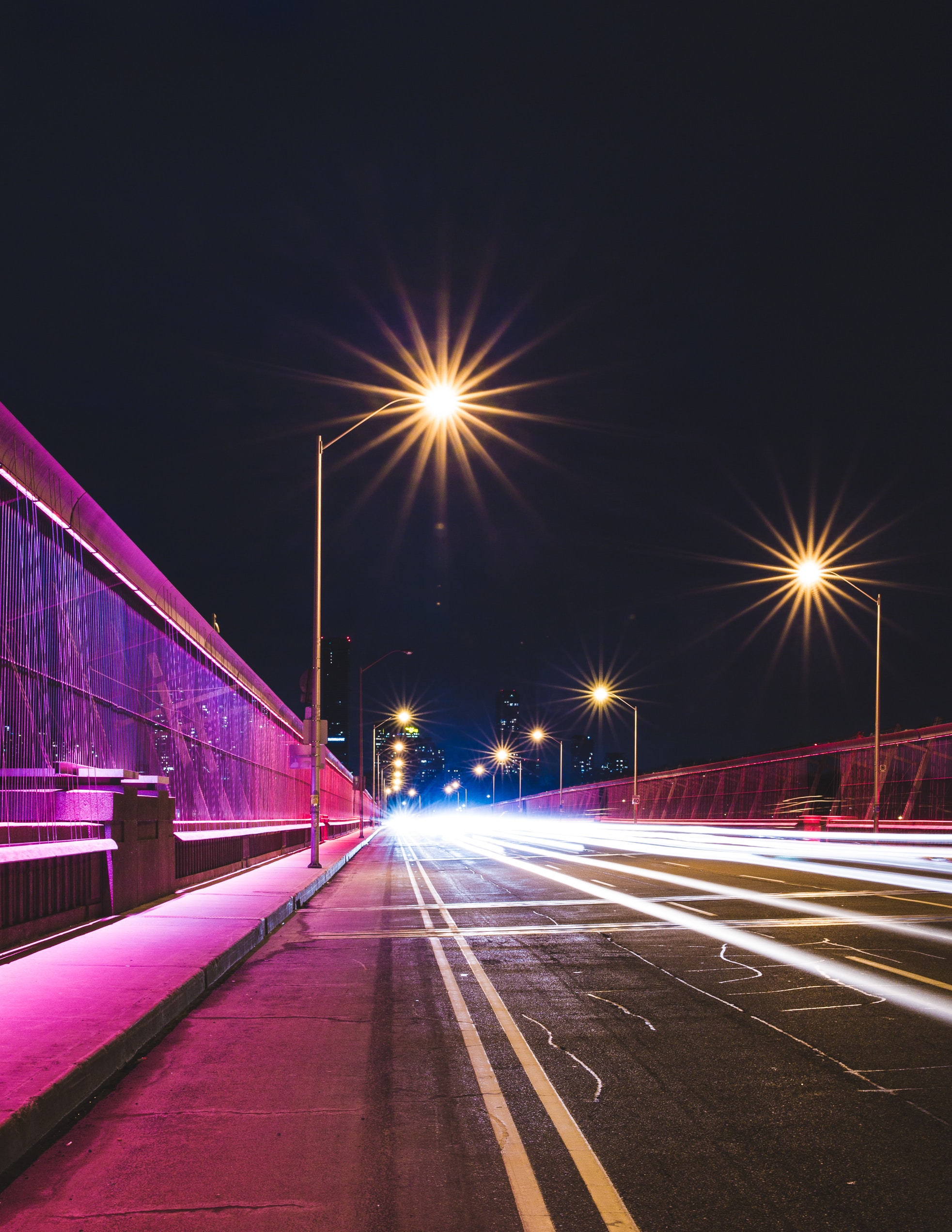As cities evolve into bustling metropolises that never sleep, one thing remains constant – the need for street lighting. Illuminating our roads and public spaces is not only a matter of convenience but also a vital aspect of safety and energy conservation. Enter IoT devices, the technological marvels that are revolutionizing how we light up our cities. In this blog, we’ll delve into the world of street light solutions using IoT devices and see how they are paving the way for a brighter, smarter future.
Shining a Light on the Problem
Traditional street lighting systems have been around for decades, relying on fixed schedules or photocells to determine when the lights should be on or off. However, these systems are far from efficient. They often waste significant amounts of energy by keeping lights on when they are not needed, and they require regular manual maintenance to ensure they’re functioning correctly.
IoT to the Rescue
IoT (Internet of Things) devices have ushered in a new era of intelligent street lighting. Here’s how:
1. Smart Sensors: IoT-equipped street lights are embedded with sensors that can detect ambient light levels, motion, and even weather conditions. This real-time data allows the lights to adjust their brightness and turn on or off automatically based on the specific requirements of the moment.
2. Remote Monitoring and Control: With IoT, street lights can be monitored and controlled remotely via a central management system. This means that city authorities can instantly respond to faults or outages, reducing downtime and improving overall safety.
3. Energy Efficiency: By using sensors to determine when to light up and at what intensity, IoT-enabled street lights significantly reduce energy consumption. This not only saves money but also helps to lower carbon emissions, contributing to a greener planet.
4. Cost Savings: The combination of reduced energy usage and lower maintenance costs results in substantial savings for cities and municipalities over time.
5. Customized Lighting: IoT allows for fine-tuning of lighting schedules and brightness levels in different areas of a city. For instance, a downtown area might require brighter lighting late at night compared to a residential neighborhood.
The Benefits are Illuminating
The advantages of implementing IoT devices for street lighting solutions are crystal clear:
1. Energy Savings: IoT-controlled street lights can reduce energy consumption by up to 50% or more, leading to significant cost savings for cities.
2. Increased Safety: Smart street lights can respond to changing conditions, ensuring that roads and public spaces are well-lit when needed the most, enhancing safety for pedestrians and drivers.
3. Environmental Impact: By reducing energy consumption and carbon emissions, IoT street lighting solutions contribute to environmental conservation.
4. Lower Maintenance Costs: With remote monitoring and automated fault detection, maintenance crews can be dispatched more efficiently, reducing operational costs.
5. Future Scalability: IoT infrastructure can be easily scaled to accommodate future technological advancements and additional smart city applications.
The Road Ahead
As technology continues to advance, IoT devices will become even more prevalent and sophisticated. From smart cities to the next generation of wearable gadgets, the Internet of Things is poised to revolutionize the way we live, work, and interact with the world around us
In conclusion, IoT devices are the building blocks of a connected future. They transform ordinary objects into smart, data-driven devices that improve our lives in countless ways. So, the next time you adjust your thermostat with a smartphone app or receive a notification from your fitness tracker, remember that you’re witnessing the magic of the Internet of Things in action.
